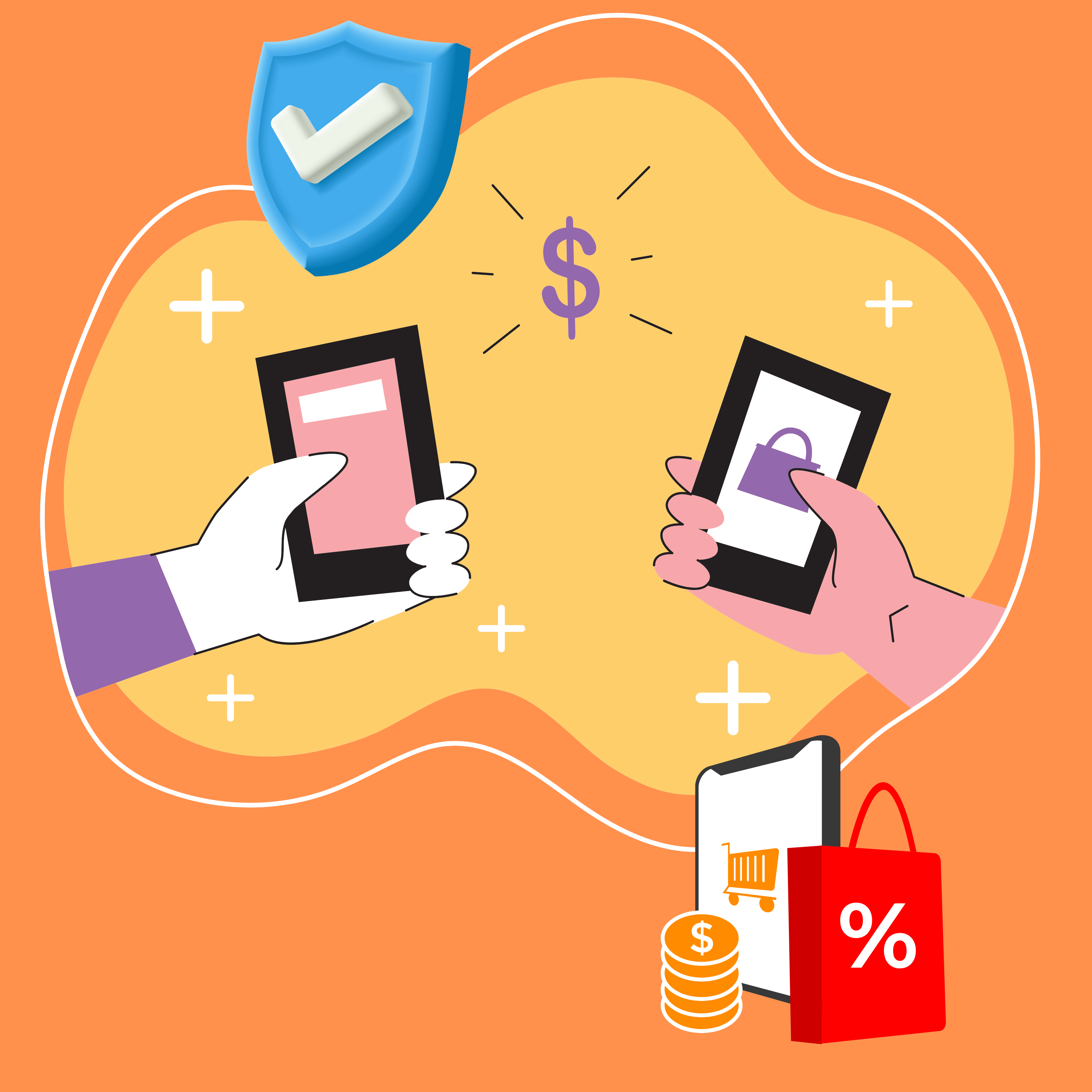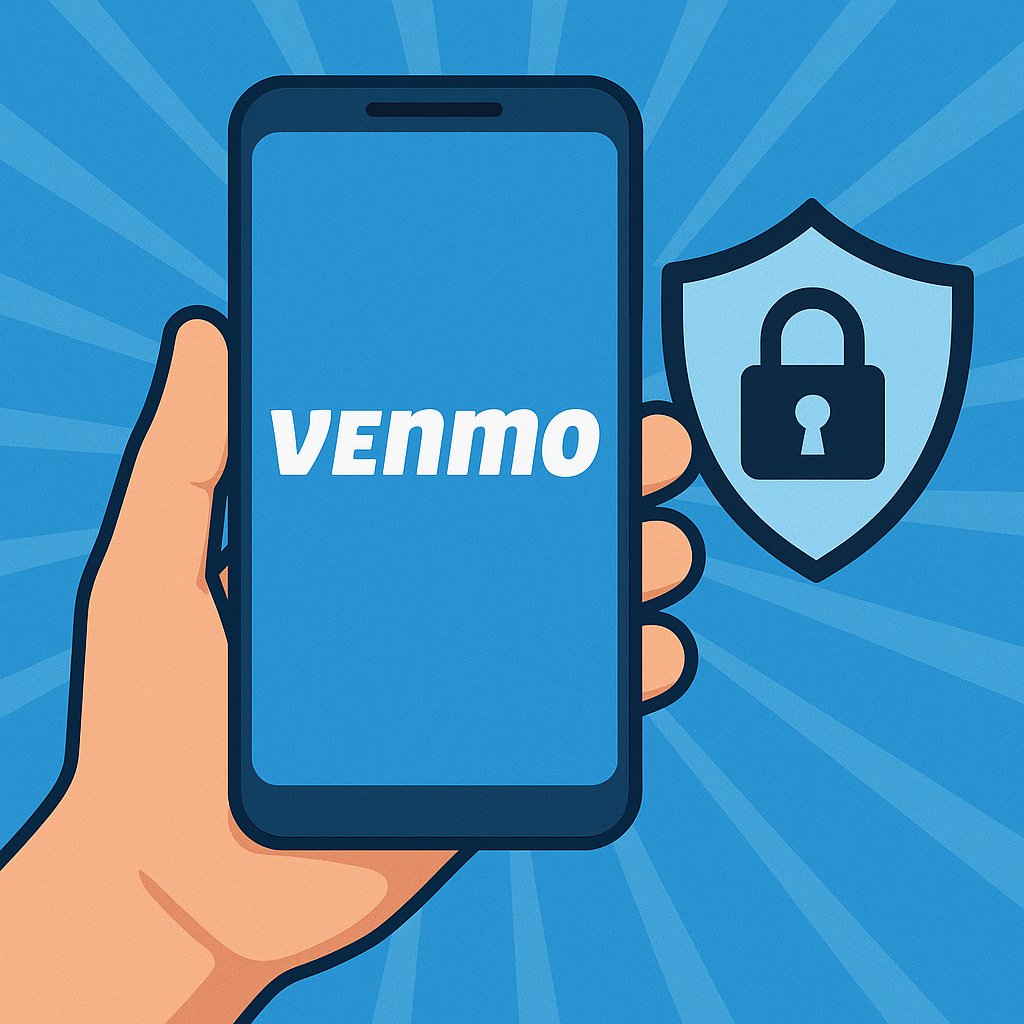Is Venmo Safe? A Complete Breakdown of Risks, Defenses, and Safety Tips
Mobile payment apps are now an integral part of everyday life. In the US, Venmo, owned by PayPal, has gained a strong position in the P2P transfer market. Venmo is the most popular method of money transactions among young people, freelancers, and even small businesses. It is easy to use, allows instant transfers between friends, and facilitates payments for goods.
However, convenience comes with a valid question: How safe is Venmo in 2025? Fraud, hacking, and data breaches are on the rise every year. While the app is actively improving its defenses, it’s still susceptible to human error, mistakes, and social fraud schemes. This article will provide a comprehensive overview of Venmo’s functionality, security protocols, potential vulnerabilities, and best practices for ensuring platform safety.
How does Venmo work?
Venmo is a mobile application that allows users to quickly and conveniently transfer money to each other via smartphone. It is especially popular for sharing bills for food, rent, tickets, and other everyday expenses. Users sign up for the app, link a bank account or card to it, and can send or request funds from other Venmo users. The app also saves the balance in the account for future transfers or purchases.
Venmo is integrated with online and physical retailers that accept PayPal. You can also use Venmo as a payment method via QR codes. Its unique feature is a social transaction feed where you can see your friends’ transfers (by default), making the process like a newsfeed but with finances.
How protective is Venmo of its users?
Venmo utilizes several state-of-the-art technologies to ensure data and transaction security. Among them:
- Encryption of bank and user data at the transmission and storage level. This prevents attackers from intercepting information when sending data over the Internet.
- Login authentication via PIN, Touch ID, or Face ID, which prevents you from opening the application without confirming your identity.
- Automatic logout in case of prolonged inactivity, which blocks unauthorized access.
- Multi-level protection on the server side. All transactions go through systems that monitor suspicious activity. The account can be temporarily blocked if non-standard behavior is detected until the identity is confirmed.
- Compliance with PCI DSS standards that are used to protect payment information.
However, it’s worth noting that Venmo doesn’t offer the same level of consumer protection when it comes to payment disputes with individuals.
The main risks of using Venmo:
Despite the high level of technical protection, Venmo is not immune to many potential threats, especially those related to human error:
- Purchase and Sale Fraud: Venmo does not provide purchase protection for transfers to individuals. If you send money to a scammer for an item that was not shipped to you, you will likely not be able to get a refund.
- Phishing attacks and fake websites: Users may receive messages from supposedly Venmo asking them to “confirm their account,” click on a link, or enter a code, leading to stolen access.
- Erroneous transfers: Sending money to the wrong user is a common mistake. Venmo has no function to cancel a transfer, and you are entirely dependent on the recipient’s integrity.
- Social openness: By default, all transfers are displayed in the public feed, and if you don’t change the settings, strangers can find out to whom and for what you transfer money.
- Device hacking. Attackers can access your account and withdraw money if your phone is stolen and a PIN or biometrics does not protect Venmo.
There is also a risk of account hacking through weak passwords or reused credentials when hacking other services.
How to protect yourself when using Venmo:
A few basic safety rules should be followed to minimize risks:
- Set a strong and unique password: Do not use the same password for different services, especially financial applications. Use password managers to store passwords securely.
- Turn off the publicity of transactions: You can make transactions private in your privacy settings so that no one but you and the recipient can see your transfers.
- Enable two-factor authentication (2FA): This additional layer of protection requires you to confirm your login via a code received through SMS or in an authenticator app.
- Never transfer money to strangers: Venmo is designed for payments between friends and family, not online or hand-to-hand purchases.
- Verify usernames before sending: Venmo can’t track or cancel an erroneous transfer if you send funds to the wrong person.
- Be alert to suspicious emails or messages: Venmo will never ask you to enter a code, username, or password through a third-party link. Phishing is one of the most common fraud methods.
- Use a VPN for extra protection on public networks: When connecting to Venmo via public Wi-Fi (such as at a coffee shop or airport), it is recommended that you use a VPN (Virtual Private Network). This will encrypt your traffic and prevent attackers from intercepting personal data.
- Choose trusted VPN services such as Planet VPN. Planet VPN offers strong connection protection, encrypts your internet activity, and doesn’t keep logs of your activities. It’s especially great for beginners thanks to its simple interface, and the free plan allows you to protect yourself even without a subscription. It can be helpful for securely logging into Venmo and private internet surfing in general.
Venmo and the regulatory environment:
It’s important to note that Venmo is actively regulated as part of PayPal and is subject to US financial laws, including the Bank Secrecy Act (BSA) and FinCEN (Financial Crimes Enforcement Network) regulations. The company must identify suspicious transactions, report them, and implement money laundering protection. However, despite this, the user side remains vulnerable to inattention, making the issue of digital hygiene particularly relevant.
Can Venmo be trusted in 2025?
Venmo is a secure payment instrument. Use it correctly, and you’ll never have to worry. It is safe at the infrastructure level, but users must take responsibility for their accounts. Use Venmo for transfers between acquaintances, enable all available security measures, and be careful when communicating with strangers. Follow these recommendations to ensure the app remains convenient and secure to manage your finances.


